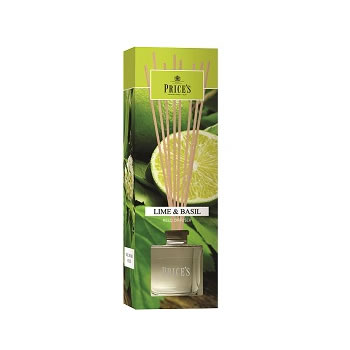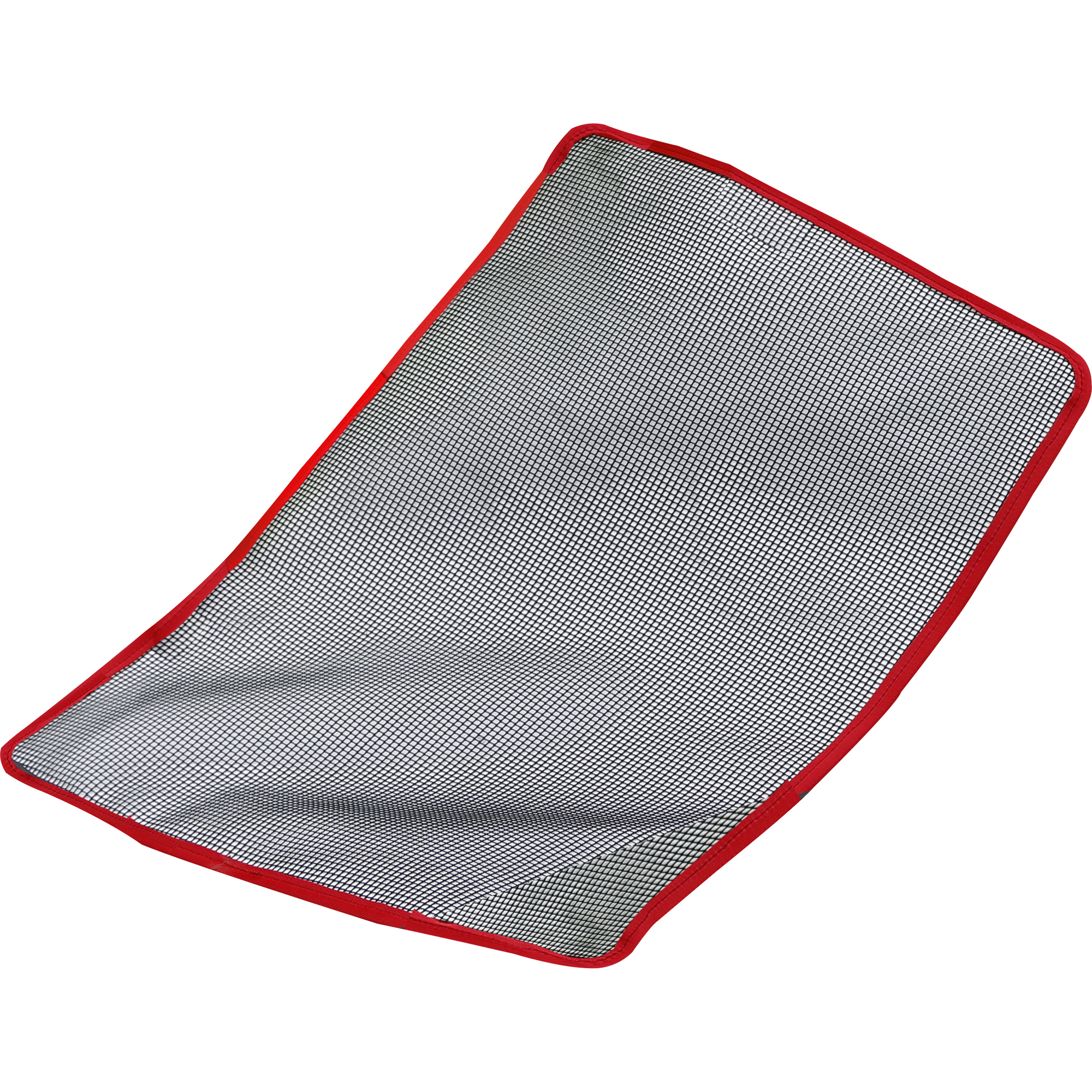
Riding Helmet Safety Checklist: Your Guide to Safe Riding Gear
Riding a horse is not just a sport or a hobby; it's a way of life for many in Scotland and beyond. Whether you're an experienced rider or just starting your
equestrian journey, safety should always be a top priority. One of the most crucial pieces of safety equipment for any rider is the
riding helmet.
In this blog, we'll guide you through a comprehensive Riding Helmet Safety Checklist to ensure you're well-prepared and well-protected when you hit the saddle.
Why Your Riding Hat Matters
Before we dive into the checklist, let's understand why your riding helmet is so essential. A riding hat serves a paramount purpose — protecting your head in the event of an unforeseen fall or accident. This essential piece of safety equipment is not just an accessory; it's a guardian of your well-being. Your riding helmet can quite literally be the barrier that separates a minor incident from a life-altering injury.
Imagine yourself on a serene trail in the heart of Scotland, the breathtaking scenery unfolding before you. You and your horse are in perfect harmony, and the world seems to slow down. Yet, as any rider knows, the unforeseen can happen in the blink of an eye. A sudden stumble, a spooked horse, or a treacherous terrain change — these are all potential hazards that riders face, and in such moments, your helmet becomes your staunchest ally. Here in Scotland, where the weather can shift like the tides, and riding conditions change rapidly, the significance of a riding helmet becomes even more pronounced. One moment, you might be basking in the gentle Scottish drizzle, and the next, you could find yourself navigating through a flood. Such fluctuations are par for the course in this captivating landscape, and they're precisely what makes riding here so enchanting. But they also underscore the need for unswerving protection.
Remember that your helmet is more than just a piece of stylish riding gear. It's the embodiment of your commitment to safety, your dedication to your craft, and your assurance that you'll continue to enjoy the beauty of the equestrian world, no matter what the journey holds.
Our Riding Helmet Safety Checklist
From checking for certification to understanding the importance of regular practice, each item on this checklist contributes to your well-being as an equestrian enthusiast.
1. Check for Certification
The first item on your safety checklist is to ensure your riding helmet is certified. Hats often go through various safety tests to ensure the rider is protected, meaning they receive safety certifications. This provides peace of mind, and more often than not, when competing riders must wear a riding helmet that meets safety standards. Therefore, you should always buy a hat that is certified like those designed by Charles Owen.
2. Proper Fit
Your riding helmet should fit snugly on your head without being too tight. It should sit level on your head, covering your forehead. Ensure it doesn't tilt backward, forward, or to the side. If your helmet moves too easily, it's too big.
3. Chin Strap Security
The chin strap should be securely fastened, keeping the helmet in place. You should be able to fit two fingers between your chin and the strap. This ensures comfort and safety.
4. Regular Inspection of Your Riding Hat
Make helmet inspection a routine. Check for any visible damage, cracks, or dents. If you notice any, it's time to replace the helmet, as it might not offer adequate protection.
5. Proper Care
Store your helmet in a cool, dry place away from direct sunlight and extreme temperatures. Clean it according to the manufacturer's instructions. Avoid using harsh chemicals that could damage the materials. You can also purchase a helmet cover to protect it from the elements, and to keep it clean while you are on an adventure.
6. Replace Your Helmet After Impact
If your helmet has been involved in a fall or impact, it's crucial to replace it. Even if there are no visible signs of damage, the structural integrity may be compromised. Highland Industrial Supplies is proud to offer a range of riding helmets, from some of the top brands in the industry.
7. Choose an Appropriate Riding Helmet
Different riding activities might require different types of helmets. For instance, a cross-country helmet might have a different design and additional features compared to a dressage helmet. Ensure you choose the right helmet for your specific activity.
8. Riding Helmet Age
Helmets have a lifespan, typically around five years. Check the manufacturer's recommendations for the specific helmet you own and replace it if it's past its prime. Make sure you choose a reputable and approved dealer when choosing to replace your riding hat.
9. Regular Practice
While the only official UK legislation pertaining to riding hats mandates that riders aged 14 and below must wear a hat in compliance with current regulations when riding on public roads, it is advisable to always wear your helmet while riding, regardless of your level of experience. Be a role model for others, especially for younger riders who may be observing.
Looking for the Perfect Riding Helmet?
Your safety should be non-negotiable when riding. Your riding helmet is your best defence against head injuries. By following our checklist, you can ensure you're prepared and protected every time you saddle up. Don't forget to share this information with your fellow riders to promote a culture of safety in the equestrian community. Stay safe and enjoy your rides in Scotland's beautiful landscapes!
At Highland Industrial Supplies, we are committed to providing you with the best riding gear to keep you safe and comfortable. Visit us in-store or online to explore our range of high-quality riding helmets to make sure you're well-equipped for your equestrian adventures.





